This post was written by John Plummer, GMC’s group outreach & field coordinator.
At the end of November, Green Mountain Club (GMC) staff attended a meeting for the partners of the Northeast Alpine Flower Watch (NEAFW). Moving into its second year, this project aims to track the effects of climate change in the alpine zone by monitoring phenology through citizen science. Phenology is the study of cyclical and seasonal natural phenomena in conjunction with weather events. Phenological observations are made through the iNaturalist application, which allows anyone to turn their observations in nature into meaningful data that can be used for scientific research. Having been the stewards of Vermont’s alpine zones for many decades, the Green Mountain Club was quick to get involved with this project. Now, GMC caretakers use iNaturalist in the course of their summit stewardship to learn more about Vermont’s alpine environment and contribute to the Northeast Alpine Flower Watch.
Gathering observations about alpine plants is very important because these species are so sensitive. The plants growing in the alpine zone are more typical of those found in the Arctic, characterized by their long lifetimes and short growing seasons in the extreme conditions of mountain summits. Diapensia lapponica, for example, is a small evergreen perennial shrub that is extremely slow and low growing; a single “cushion” the size of a loaf of bread could be 100 years old. In Vermont, sensitive species like this only exist in three places: Mt. Mansfield, Camel’s Hump, and Mt. Abraham. Some refer to alpine zones as “Islands in the Sky” because they are so distinct from any other ecosystem in the region.
The part of this project that is so special is that it is driven by citizen scientists. This project grew out of the AMC’s long-standing mountain ecosystem monitoring program, Mountain Watch, and morphed into its current form out of the need to have a broader impact and a richer set of data. The NEAFW is predominantly focused on studying the flowering times of select alpine plants, though the scope of the work will likely evolve over time. Studying the climate requires an immense amount of information in order to accurately represent the huge variation that takes place at different locations, elevations, and times. Hikers come in handy here, as they are already spread out all over New England throughout the year, ready to give back to the community. Crowdsourced plant observations from hikers across the region provide rich data that couldn’t be collected otherwise.
All of this data is gathered through iNaturalist, which is a citizen science project and social network that brings together naturalists, citizen scientists, resource managers, and biologists to share observations made in nature. iNaturalist allows people to easily get involved with citizen science by sharing their photos of plants, animals, and fungi. As of November 2019, over 30 million observations had been made on iNaturalist, with over 100,000 active users. The magic of iNaturalist is the community; users can simply upload a photo with the location, and qualified users will verify the observation. The application also has an automated species identification tool, which uses an artificial intelligence model on the app’s large database of Research Grade data to provide identification suggestions on the fly. If an image has good lighting, clarity, and shows only the species in question, the model provides good identification suggestions for users who are unsure of what they just snapped a photo of.
Before you head out on your next hike, download the iNaturalist app to your smartphone, create an account, and join the Northeast Alpine Flower Watch Project. Then, when you are up on Mt. Abraham, Camel’s Hump, or any alpine zone in New England, take a picture of a plant you see and upload the image, with your location data. If you don’t know what the plant is, the iNaturalist community will be quick to identify and verify your observation so it can be used by researchers. If you do not have a smartphone, you can upload your picture to the iNaturalist website from a computer when you get home.
Check out some of the alpine flowers you might see below:

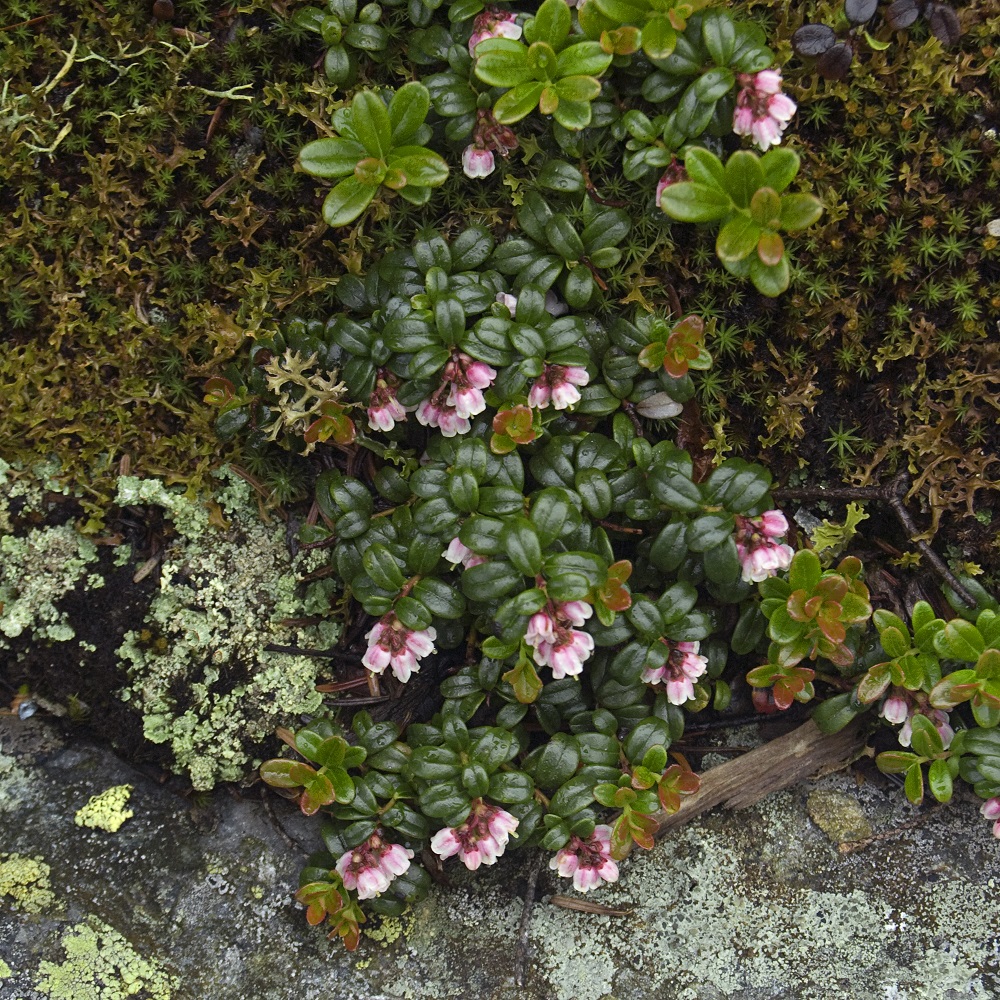
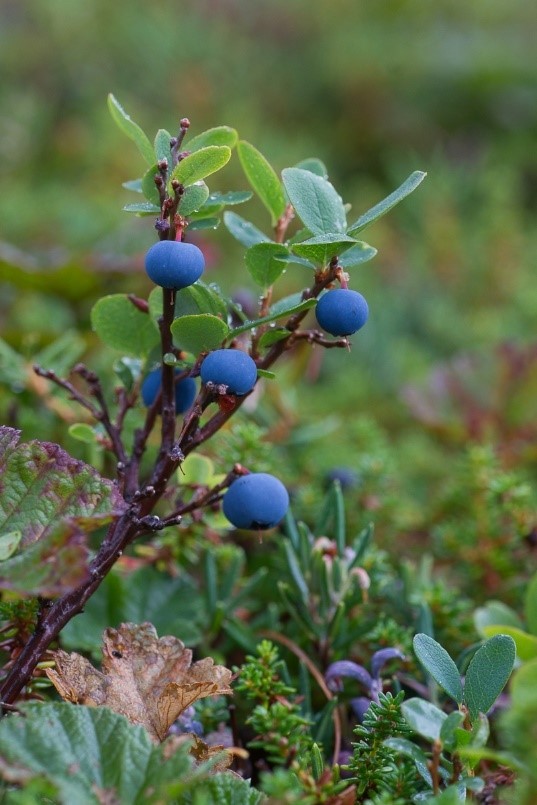
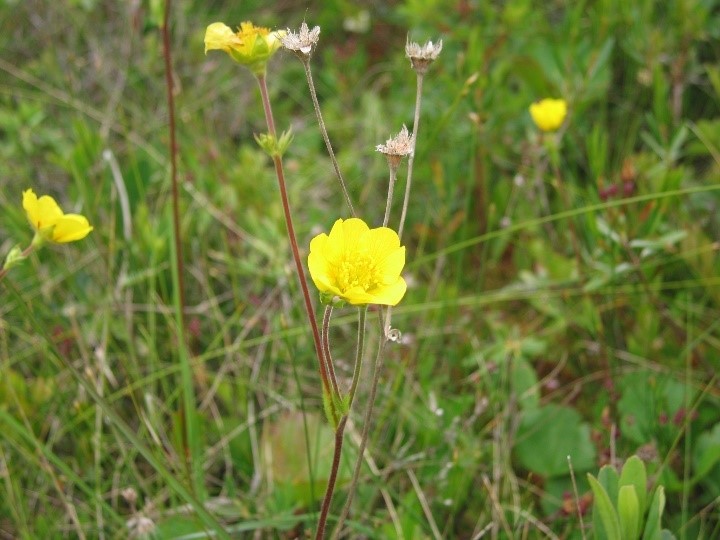
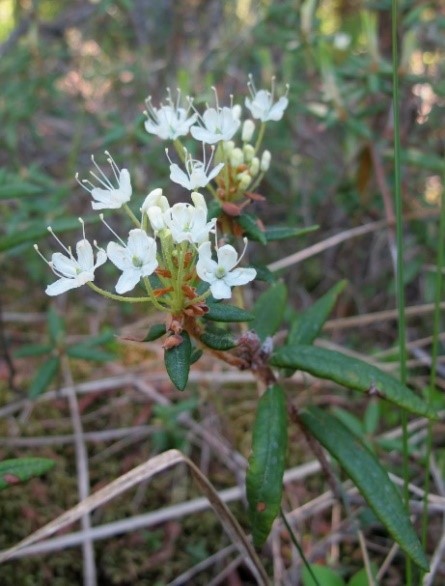
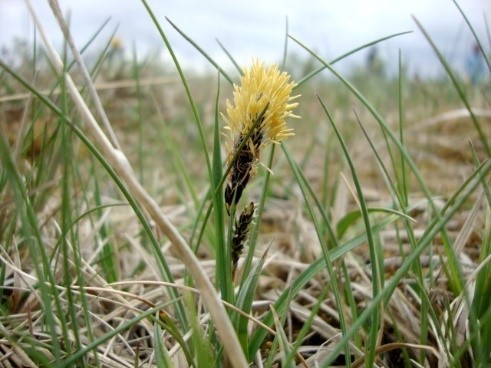
The Northeast Alpine Flower Watch is a partnership between the Appalachian Mountain Club, the Green Mountain Club, the Adirondack Mountain Club, and Baxter State Park, and is funded by the National Geographic Society and the Toomey Foundation.



















[…] Support Alpine Research: Become a Citizen Scientist by John Plummer […]